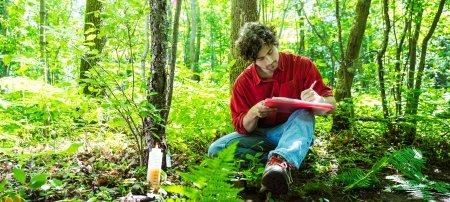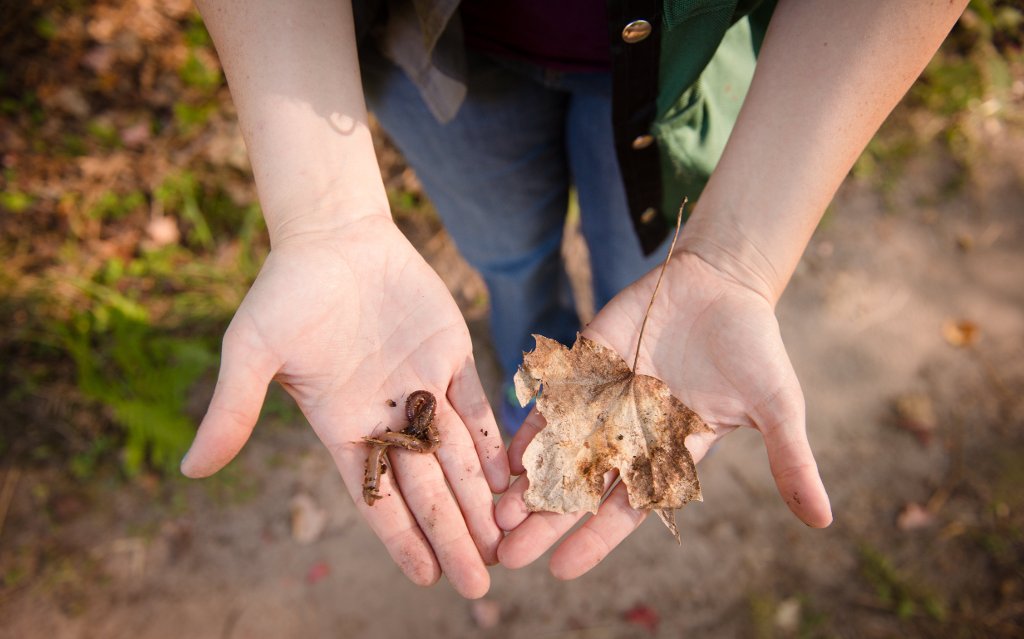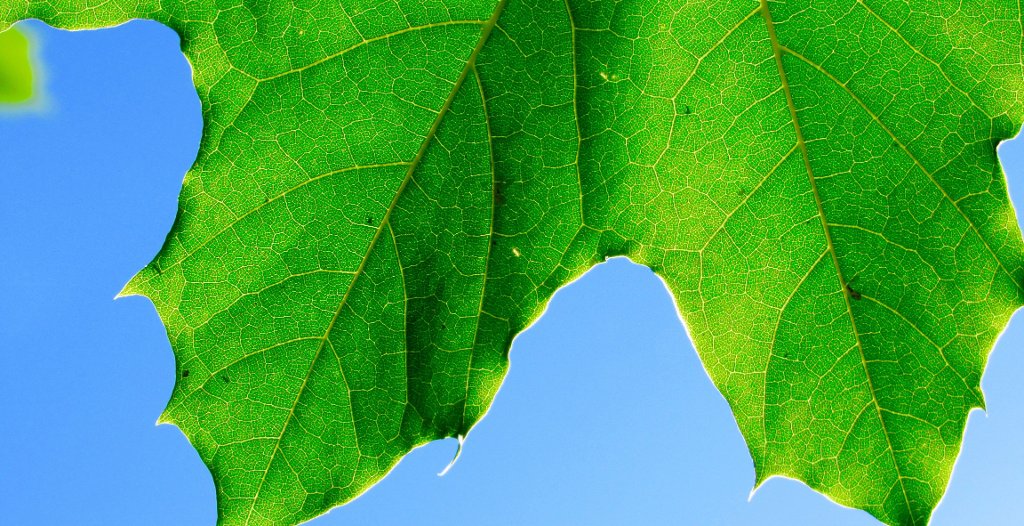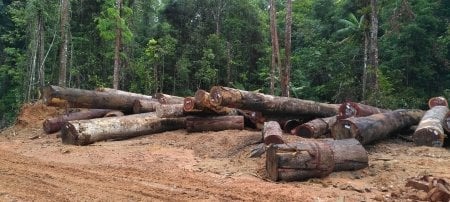Green Invaders Gain a Root-Hold on Mackinac Island
Mackinac Island could be on the verge of being overrun by an exotic European import. No, Ferraris aren't allowed on the car-free resort island. The culprit is the Norway maple, says a Michigan Technological University scientist. And the island's famous horses may have played a crucial role in planting the encroaching seeds.
Norway maples are pretty, fast-growing shade trees that you can find in plenty of garden catalogs--and in plenty of local gardens. But take them out of the backyard, and they become big, green invaders.
"In the eastern U.S., where they've become established, diversity is much lower than in forests made up of native trees," says Chris Webster, an assistant professor of forest resources and environmental science. And if given a chance, Norway maples can take over. "It leafs out one week earlier than the sugar maple, and its leaves stay on one week longer. It outcompetes native species, and it really hurts the spring flowering plants."
In addition to reproducing like rabbits and growing like weeds, Norway maples can be very hard to kill. Like the mythical Hydra, which grew two snake heads everytime one was cut off, its roots send up many suckers after the main trunk is severed, so mere logging doesn't slow it down much. Only the application of powerful herbicides to the stump can effectively kill it back.
In 2003, Webster and a team of students began studying the distribution of Norway maples on Mackinac Island, where they were introduced about a century ago. Ironically, since the trees blend into the landscape, islanders never thought of them as a problem until they came down with the sticky, unattractive tar-spot fungus, to which Norway maples are particularly vulnerable.
"We measured and mapped all the trees on the island with GPS," Webster said. The team also determined the age of the trees, which allowed them to look back over the decades and figure out how the population had spread around the isalnd since its introduction during the 1920s.
In 1945, they were confined to urban areas. "They still didn't have any in the forest," Webster said. "In 1955, there were a few. In 1965, they were scattered like dust specks." But by 1995, that had changed, with Norway maples growing in a halo around developed areas and also springing up in clumps within the forest.
What caught the researchers' attention was this unusual distribution pattern. As the trees turned up in rural areas, they didn't just slowly spread outward from town. They were growing in clusters, most of them near roadways.
As it turns out, that's no accident. "There's a unique circumstance on Mackinac Island," Webster said. "It has a lot of horses, and they produce copious amounts of manure. Residents used to sweep it up in town and haul it out to compost in the forest."
Norway maple seeds ended up getting mixed with manure and other street sweepings before being carted into the forest. "Inadvertently, folks on the island were seeding Norway maple into the forest and providing it with a good dose of fertilizer," Webster said.
Norway maples haven't overrun Mackinac Island's native vegetation--yet. But as this generation of trees matures and sets seeds, the area could see an explosion in their numbers and maybe even the end of the natural landscape.
["They are so difficult to control," Webster said. "You'd have a hard time predicting what they'll do in the next few decades."
Nevertheless, Webster thinks that a wait-and-see attitude could prove disastrous to the island's native vegetation. "We shouldn't lull ourselves into a false sense of security," he said. "If you wait until you prove it's a problem, it could be almost impossible to stop."
Michigan Technological University is a public research university founded in 1885 in Houghton, Michigan, and is home to more than 7,000 students from 55 countries around the world. Consistently ranked among the best universities in the country for return on investment, Michigan’s flagship technological university offers more than 120 undergraduate and graduate degree programs in science and technology, engineering, computing, forestry, business and economics, health professions, humanities, mathematics, social sciences, and the arts. The rural campus is situated just miles from Lake Superior in Michigan's Upper Peninsula, offering year-round opportunities for outdoor adventure.




Comments